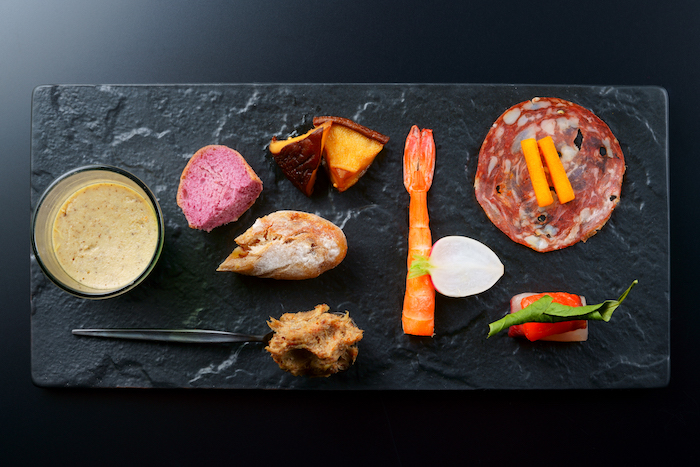As Japan prepares to open its borders, it’s time to start making plans. Many of the usual destinations will be crowded with visitors, but for those willing to go a little further afield, unique delights await. Oita Prefecture offers an experience unlike any other in Japan.
Why Oita Prefecture
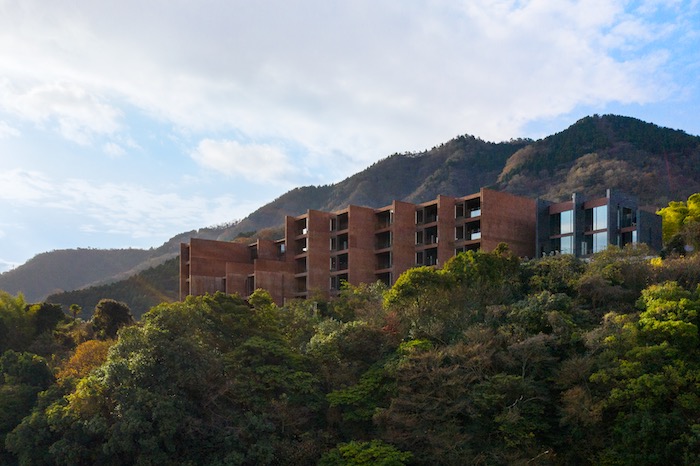
Set on the northeastern corner of Kyushu, one of Japan’s southernmost islands, Oita Prefecture offers a stunning landscape of mountains, volcanoes, natural onsen (hot springs), and seacoast. While fantastic views abound, Oita’s unique terrain is also the foundation of its distinct cultural history, arts and crafts, as well as an abundant variety of foods and, of course, its famous onsen and ryokan. Whether looking for a culinary experience, an outdoor adventure, a relaxing and rejuvenating family vacation, or some combination of those, Oita Prefecture is the perfect place to land.
Land of Onsen
Located on the edge of two tectonic plates, Oita Prefecture is home to the largest number of hot springs in Japan. Beppu City, with its ever-present clouds and pillars of steam, is one of the most ideal places to sample the greatest variety, from deluxe day spas and elegant ryokan to simple, public onsen where locals gather in the early evenings to soak and talk.
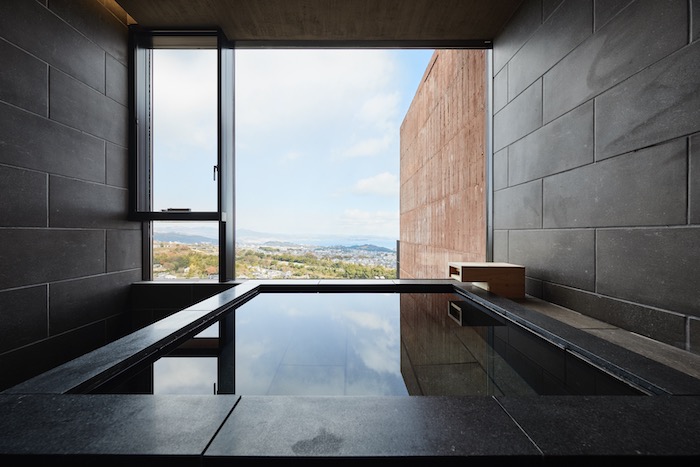
Mineral-rich, the bounty of natural hot springs offers a variety of health-giving properties that can help with everything from digestion to eczema to high blood pressure. Drawn by these health-giving waters, visitors have come to stay for extended periods of time for medical treatment since at least the late 1100s.
Although all onsen are warm, not all use water. One of the most unique onsen experiences in Beppu is the sunayu or sand onsen. Guests dressed in light cotton kimono are buried up to their necks under a layer of hot, wet sand heated by sodium chloride spring water. Left there to rest and enjoy the ocean views, guests emerge relaxed and refreshed.
A Rich Culinary Culture
Generations of farmers, brewers, fishermen, and ranchers have coaxed nature to bring forward foods and beverages with a distinct Oita taste and quality. Award-winning sake and shochu, world-class beef, incredible seafood, hell-steamed dishes, and a cornucopia of local vegetables and rice are just some of the foodly delights to be found here.
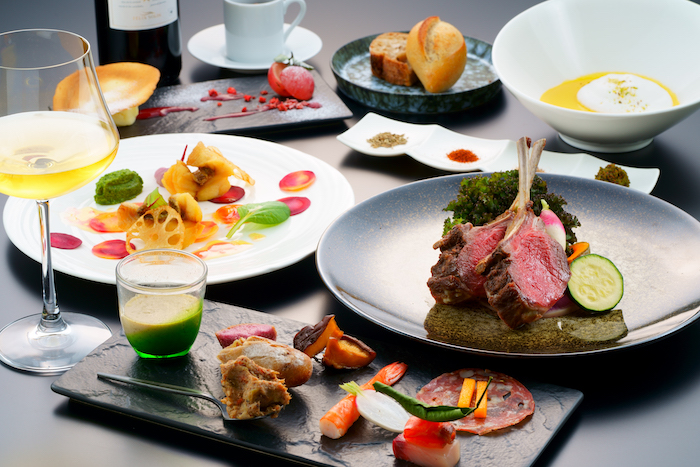
Hell-steamed Food
The geologic features that define Oita also give the region one of its most distinctive features: natural onsen. While most people think of onsen for bathing, in Beppu City, people also harnessed its heat to cook. Jigoku mushi or hell-steamed foods are made by placing bamboo baskets of vegetables, eggs, seafood, and even sweets over onsen steam vents until cooked for a truly unique culinary experience.
Toriten and Karaage
Menus often include toriten and karaage, two chicken delicacies done particularly well in Oita. Invented in the 1920s in a Beppu City restaurant, toriten is made from tender pieces of chicken seasoned with garlic, salt, sake, and ginger that are dredged in flour and fried tempura style. Karaage are bite-sized pieces of chicken thigh coated with flour and deep-fried for an impossible-to-stop eating side dish.
Oita Wagyu Beef
Oita’s grassy mountain slopes are ideal for raising Oita Bungogyu, a local breed of cow famed for its tender and flavorful cuts of beef that caught the attention of diners in 1921. The beautiful marbling of each cut means it can be savored on its own as a steak or filet or served alongside local fish and vegetables for a true Oita feast.
Dangojiru
A traditional homestyle dish served year-round, the recipe for this miso-based soup varies from house to house and region to region. Dango translates as ‘dumplings’, however in the case of Oita’s dangojiru (dumpling soup), it is a stretched dumpling with an appearance more akin to a noodle. Dumplings vary in size and length, but they are always thick and chewy and served with seasonal vegetables for a satisfying meal.
Seki Saba and Seki Aji
Oita’s long seacoast means locals have enjoyed the bounty of the sea for centuries. Of particular note are Seki Saba and Seki Aji. Saba translates as chub or Japanese mackerel while aji is horse mackerel. Both are found in abundance in the rough waters of the Saganoseki coast, just east of Oita City. Declared official Oita brands in 1996, the two fish are most often eaten as sushi or sashimi.
Sake
A number of small, distinguished sake breweries call Oita Prefecture home, which is something of a rarity here in the country’s warm south. Made by fermenting rice in a process akin to brewing beer, Oita’s climate and geology create a drier, lighter beverage that pairs perfectly with local seafood and other dishes all year round.
Shochu
The longstanding favorite beverage of locals is mugi or barley shochu. Easier to grow than rice on the rugged landscape, barley has always been a staple part of the local diet for its ease of growing and its variety of uses, including this beverage. Over the centuries, Oita Prefecture perfected its methods and recipes to create distinct and award-winning shochus that are only recently being discovered by the rest of the world.
Arts and Crafts
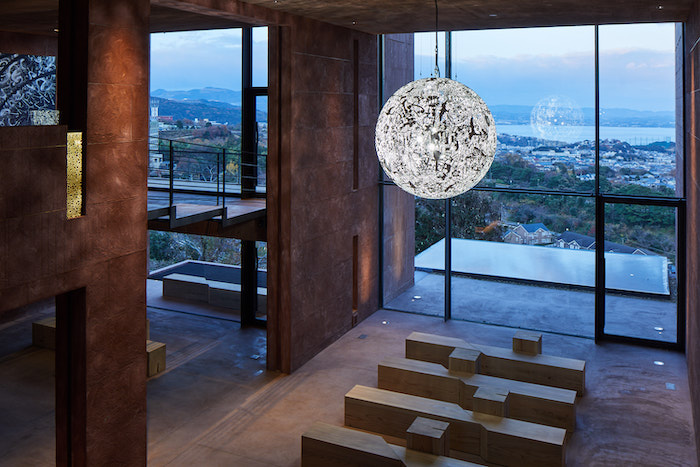
Visitors drawn to Oita Prefecture and Beppu City for its healing waters and delicious food have also found it to be a place of culture and craftsmanship. From ancient dance to modern artists including painters, photographers, and sculptors, Oita Prefecture maintains its reputation as a hotbed of creativity.
Kagura
One of the oldest art forms here is kagura, a ceremonial Shinto dance. Developed over thousands of years, the dances are closely connected to the seasonal calendar and tell mythic tales. Dancers don elaborate masks and robes, some hundreds of years old, to perform at local kagura theatres and festivals.
Beppu Bamboo Crafts
Said to have existed for over 2,000 years, Beppu’s Bamboo Craft tradition turns this beautiful natural plant into exquisite art forms. Tightly woven, sturdy baskets used for farmwork are some of those most often seen, but other containers made from fine strings of bamboo are used as rice bowls, vases, cooking utensils, and more.
Bungo Shibori
A traditional indigo tie-dye method, Bungo Shibori is considered by many to be the form on which all other shibori styles are based. While the designs are carefully planned and constructed, each piece is created by hand. The result is a unique piece of work each time.
Places to Visit and Things to Do
Oita Prefectures vast and varied landscape means that there is no shortage of things to do or experience. Whether hiking a mountain trail, learning about medicinal tea from local herbs, or visiting the Stone Buddhas of Usuki, Oita offers something of interest at every turn.
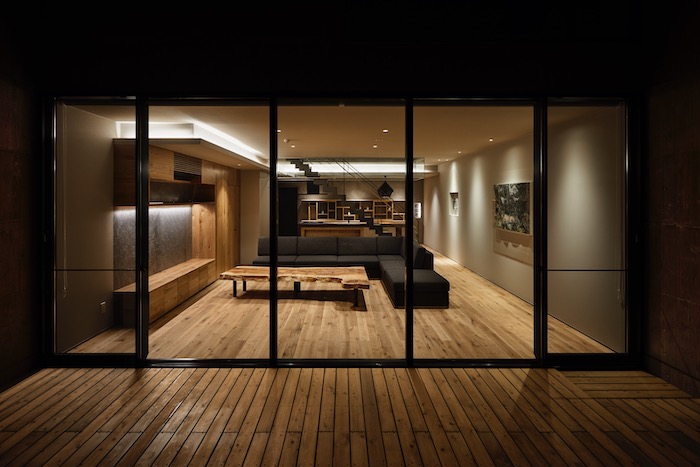
Umitamago
This local aquarium is a perfect place to while away a day or an afternoon learning about the rich life of the oceans in a unique setting. Set on the ocean shore, Umitamago’s exterior looks like an ocean-going vessel, but the displays are a delightful blend of art and science for a breathtaking visit.
Hiking
Exploring the outdoors is one of the best ways to connect with Oita, Beppu, and the very special culture here. Whether trekking the ancient trails on the Kunisaki Peninsula or walking up to the peak of Mount Tsurumi with a guide, Oita’s heady and varied landscape is full of story, myth, and unparalleled beauty.
Stone Buddhas of Usuki
Just 40km southeast of Beppu near the old city city of Usuki are one of Japan’s most unique sights: the Stone Buddhas of Usuki. Thought to be carved sometime between the Heian Period (794 – 1185) and the Kamakura Period (1185 – 1333), the stone statues are cut from the surrounding cave walls. Designated a national treasure in 1995, no one knows who carved the Buddhas or why, but their magnificent timelessness and artistry speaks for itself.
Oita Fragrance Museum
Craftsmanship comes in a variety of forms, and not least is the skill and artistry surrounding the development of fragrance. The Oita Fragrance Museum in Beppu offers visitors a unique opportunity to learn about the history of fragrance, its beautiful containers, and even have a hands-on experience of crafting a fragrance distinctly their own. There’s also a terrific café on the ground floor!
Where to Stay
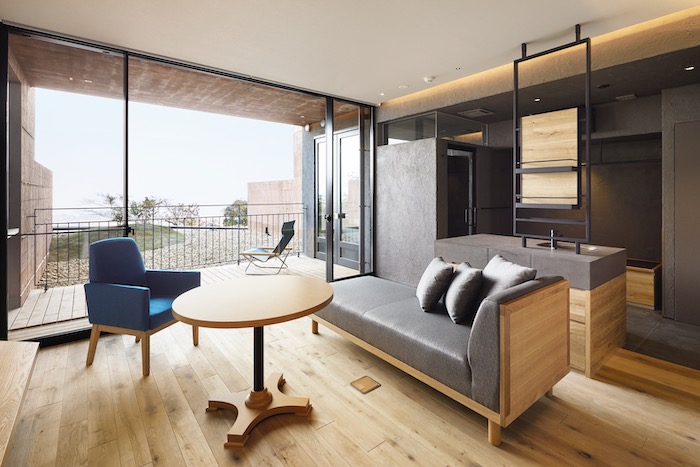
Galleria Midobaru is a new concept hotel that blends the new and old of Beppu City and Oita Prefecture in its cozy yet modern facility filled with stunning art by local artists. Enjoy breathtaking views while soaking in Beppu’s famous onsen waters or dining on meals celebrating the best of local fare in season accompanied by a local shochu or sake. It is the perfect starting point for exploring and making the most of this unique place.
Whatever your interests and whatever you hope to experience, Oita Prefecture has something special to offer. Come step off the beaten path and discover a unique place.
Comments are closed.




